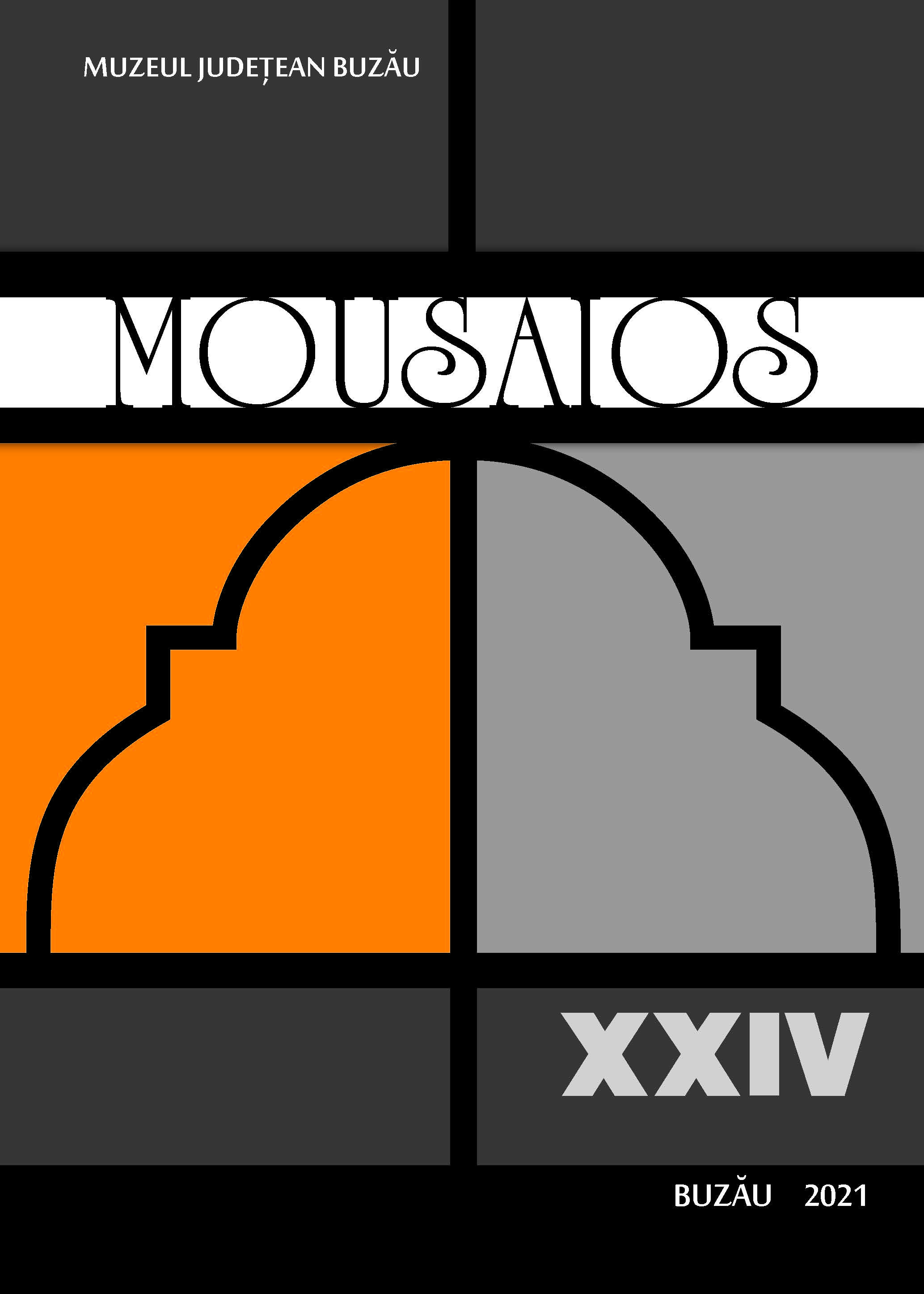O NOUĂ NECROPOLĂ DESCOPERITĂ LA TREBUJENI (ORHEIUL VECHI, REPUBLICA MOLDOVA). DATE ANTROPOLOGICE
A NEW NECROPOLIS DISCOVERED IN TREBUJENI (ORHEIUL VECHI, REPUBLIC OF MOLDOVA). ANTHROPOLOGICAL DATA
Author(s): Angela Simalcsik, Ion Ursu, Ion CiobanuSubject(s): Archaeology, 13th to 14th Centuries
Published by: Muzeul Judetean Buzău
Keywords: Orheiul Vechi; Trebujeni; necropolis; 14th century; anthropological data;
Summary/Abstract: Until 2014, on the territory of the former medieval city of Orheiul Vechi four necropolises were known, of which two attributed to the Golden Horde (14th century) and others two to the period of the Moldovan city (15th-17th centuries). The necropolis from Trebujeni was discovered by chance, during drinking water supply and sewerage works. Nine graves were identified and investigated, belonging to a larger necropolis, currently located both under the road and under the courtyards of the locals. The burial pits were dug in the limestone layer characteristic of the area. The deceased laid on their backs, with their arms along their bodies, slightly turned to the right, in a west-east direction, facing south (except M1), without grave goods. The skeletal series consists of nine individuals (eight male adults and one subadult). It is a population group with a predominantly Mongoloid typological/phenotypic background, mixed with Europoid elements, with numerous dental and bone features frequently reported in South Siberian and Central Asian populations. Dental health is very good and indicates a preference for food of animal origin. Among the markers of physiological stress, we mention only the linear enamel hypoplasia (in a single individual). Broadly speaking, the pathological load is moderate, reflected by intervertebral hernia and osteoarthritis. Regarding the occupational profile, in many cases on the skeletal components – on claviculae, sternum, hip bones, sacrum/coccyx, femora, tibiae, patellae, calcanea – changes were identified, including enthesopathic, which indicate riding as a daily activity. Thus, the necropolis discovered in 2014 in Trebujeni, according to archaeological and anthropological data, can be attributed to the Muslim populations within the urban settlement of the Golden Horde from the 14th century.
Journal: Mousaios
- Issue Year: 2021
- Issue No: 24
- Page Range: 129-159
- Page Count: 31
- Language: Romany

